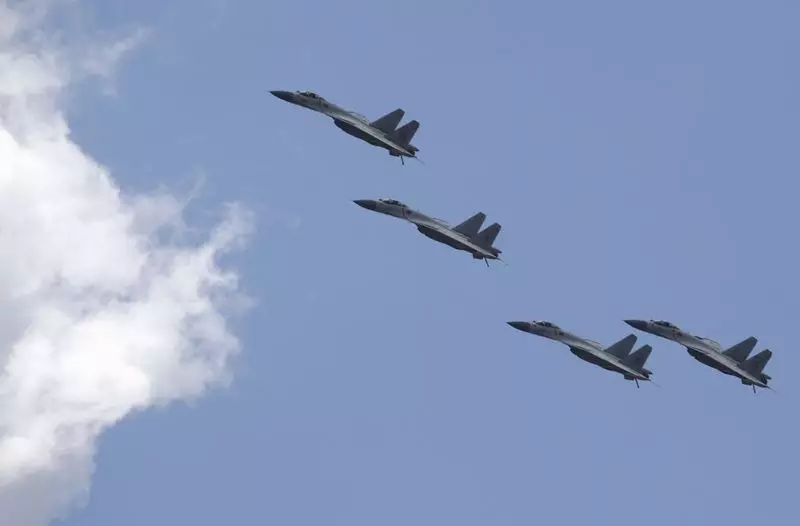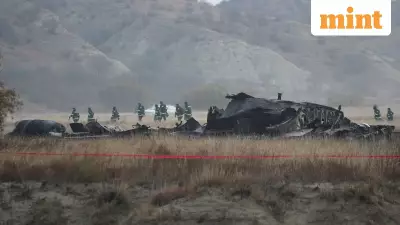
In a significant escalation of regional tensions, China has deployed strategic bomber aircraft over the South China Sea, directly responding to joint maritime exercises conducted by the Philippines, United States, and Japan. The move underscores the growing military posturing in one of the world's most contested waterways.
Military Maneuvers and Counter-Manuevers
The People's Liberation Army (PLA) Southern Theater Command organized the bomber patrol on Sunday, strategically timed to counter the trilateral drills happening simultaneously in the same region. According to military statements, the Chinese bombers conducted simulated strikes and combat patrols over the disputed waters, demonstrating China's capability to project air power across the entire South China Sea.
Senior Colonel Tian Junli, spokesperson for the PLA Southern Theater Command, explicitly linked the Chinese military action to the trilateral exercises. He stated that the bomber patrol was organized to counter the military exercises involving the Philippines, United States, and Japan, which China views as provocative and destabilizing to regional security.
The Trilateral Exercises That Triggered Response
The joint maritime drills conducted by the Philippines, United States, and Japan represented a significant show of force and cooperation among the three nations. The exercises focused on enhancing interoperability and demonstrating commitment to a free and open Indo-Pacific region.
These drills occurred amid ongoing tensions between China and the Philippines regarding disputed features in the South China Sea, particularly around the Second Thomas Shoal and Scarborough Shoal. The participation of all three naval powers signaled a coordinated approach to addressing China's growing assertiveness in the region.
China's Strategic Message Through Air Power
China's deployment of bomber aircraft sends multiple strategic messages to both regional players and international observers. The use of bombers rather than smaller aircraft demonstrates China's capability to conduct long-range strike missions across the vast expanse of the South China Sea.
The PLA Southern Theater Command emphasized that its forces remain on high alert and are capable of resolutely defending national sovereignty and maritime rights. The command statement made clear that Chinese military units would continue to maintain a high state of readiness to respond to any security challenges in the region.
This latest military deployment follows a pattern of increasing Chinese military activity in the South China Sea, where China has constructed and militarized several artificial islands despite competing territorial claims from multiple Southeast Asian nations. The bomber patrol represents both a tactical response to specific exercises and a broader statement about China's determination to control what it considers its historical waters.
The timing and nature of China's response highlight the growing military dimension of the South China Sea disputes, with major powers increasingly conducting coordinated exercises and counter-exercises that risk escalating tensions in the strategically vital waterway through which trillions of dollars in trade passes annually.





